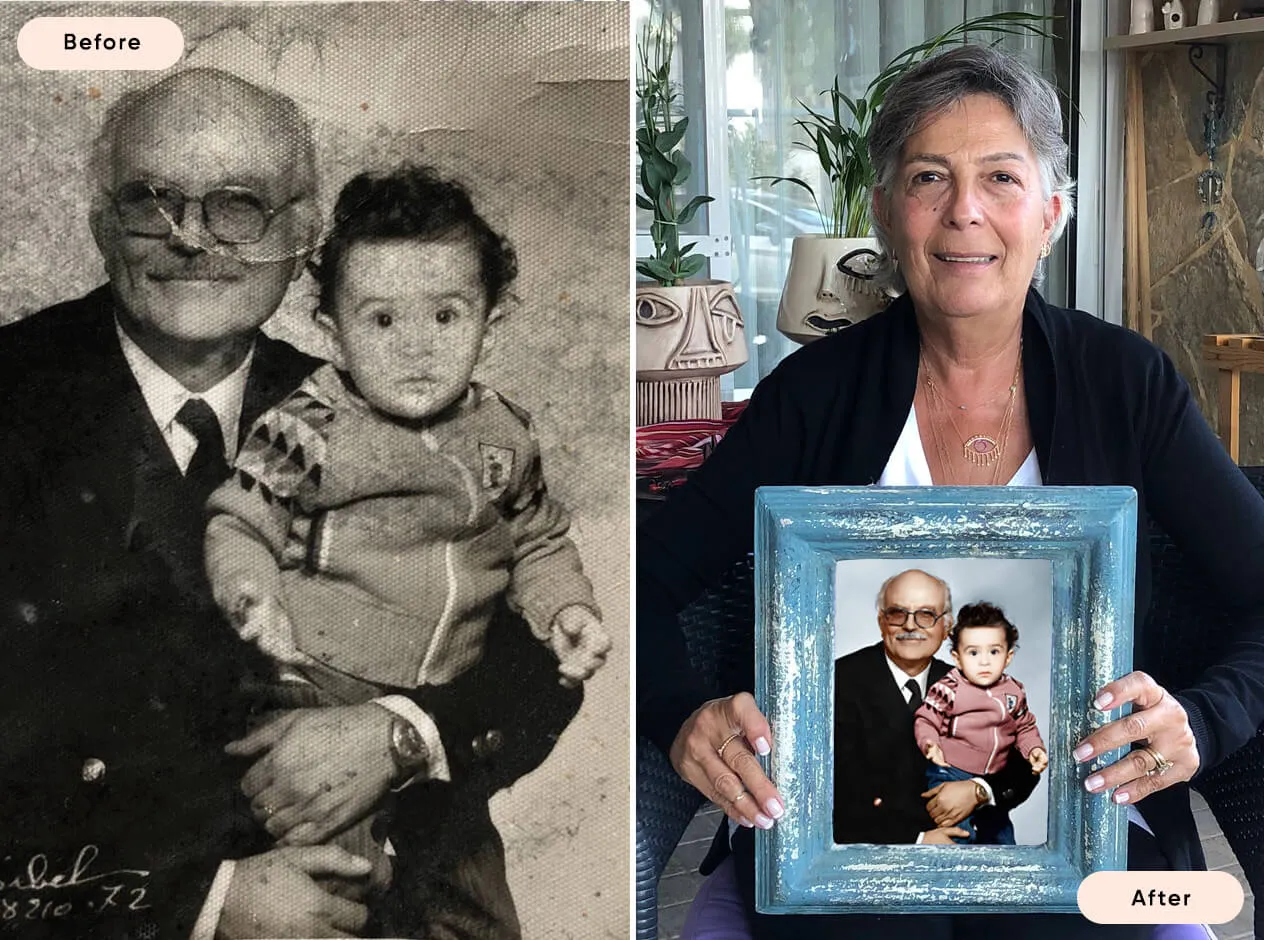How to Avoid Unnecessary Blown Highlights
Blown highlights can detract from the quality of your photographs by causing loss of detail in the brightest areas. Learning to manage exposure effectively and using the right techniques can help you avoid unnecessary blown highlights. This guide covers essential tips and strategies to help you maintain detail in your images, even in challenging lighting conditions.
Learn To Identify Where It’s Okay To Have Blown Highlights
1. Acceptable Areas for Blown Highlights
Specular Highlights: These are small, intense points of light, such as reflections on water or shiny surfaces. It's usually acceptable to have blown highlights in these areas since they naturally appear very bright.
Background Elements: Sometimes, blown highlights in the background can enhance the main subject by providing contrast. Evaluate whether these highlights contribute to the composition without distracting from the focal point.
Understanding where blown highlights can be tolerated helps you focus on preserving detail where it matters most.
Use The Histogram To Help You Decide On The Exposure
1. Understanding the Histogram
Histogram Basics: A histogram displays the tonal range of your image, from shadows on the left to highlights on the right.
Analyzing Peaks: If the histogram peaks sharply against the right edge, it indicates blown highlights.
2. Adjusting Exposure
Exposure Compensation: Use your camera’s exposure compensation feature to adjust the brightness. Decrease the exposure if the histogram shows clipping on the right side.
Regularly checking the histogram while shooting helps ensure you capture the full range of details in your images.
Use Auto Exposure Bracketing To Shoot The Same Image With Different Brightness
1. What is Auto Exposure Bracketing (AEB)?
Multiple Exposures: AEB allows you to take several shots of the same scene at different exposure levels (e.g., one underexposed, one correctly exposed, and one overexposed).
2. Benefits of AEB
Exposure Options: By capturing multiple exposures, you can choose the best version or combine them in post-processing to create a balanced image with a high dynamic range.
Using AEB ensures you have multiple options to work with, reducing the risk of blown highlights.
Shoot In Raw And Make Adjustments During Post-Processing
1. Advantages of Shooting in RAW
Dynamic Range: RAW files contain more data than JPEGs, providing greater flexibility in adjusting exposure and recovering details.
Non-Destructive Editing: Adjustments made to RAW files do not permanently alter the original data, allowing for extensive post-processing.
2. Post-Processing Techniques
Highlight Recovery: Use software like Adobe Lightroom or Photoshop to recover details in blown highlights. Adjust the highlights slider to bring back details in overexposed areas.
Shooting in RAW and utilizing post-processing tools enable you to correct exposure issues and retrieve lost details.
How To Check For Blown Highlights
1. Using Your Camera’s Features
Highlight Warning: Enable the highlight warning or "blinkies" feature on your camera. This feature makes blown highlights blink on the LCD screen, indicating areas of overexposure.
Histogram Review: As mentioned earlier, regularly check the histogram to monitor exposure levels.
2. In Post-Processing
Histogram and Clipping Warnings: Use your editing software’s histogram and clipping warnings to identify and correct blown highlights during editing.
Regularly checking for blown highlights ensures you catch and correct overexposed areas, preserving important details in your images.
Conclusion
Avoiding unnecessary blown highlights is essential for maintaining detail and producing high-quality photographs. By identifying acceptable areas for blown highlights, using the histogram, employing auto exposure bracketing, shooting in RAW, and checking for blown highlights, you can effectively manage exposure and enhance your images. These techniques will help you capture and preserve the full range of details, even in challenging lighting conditions.

Or Get YourMoney Back
back your money in the rare case you are not satisfied with the quality of your
damage-free pictures. Only $38 for most image restorations regardless of damage

All rights reserved.